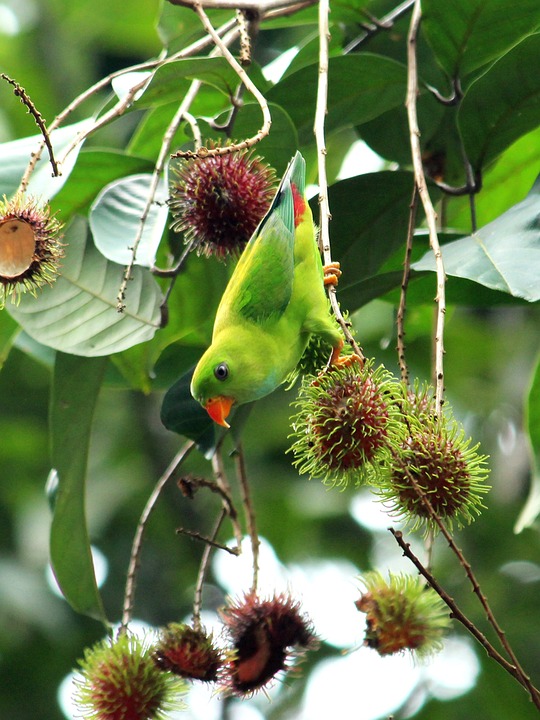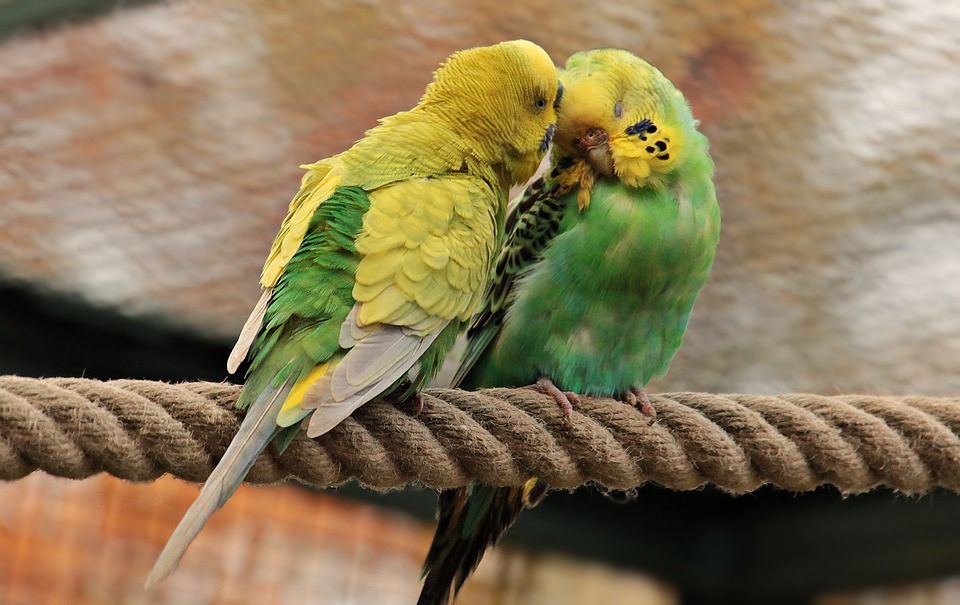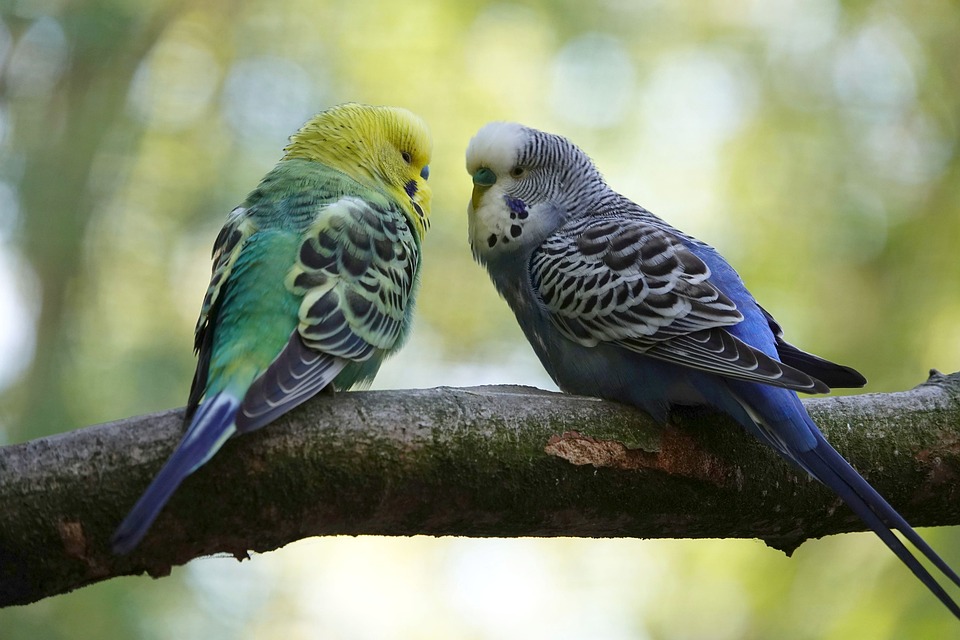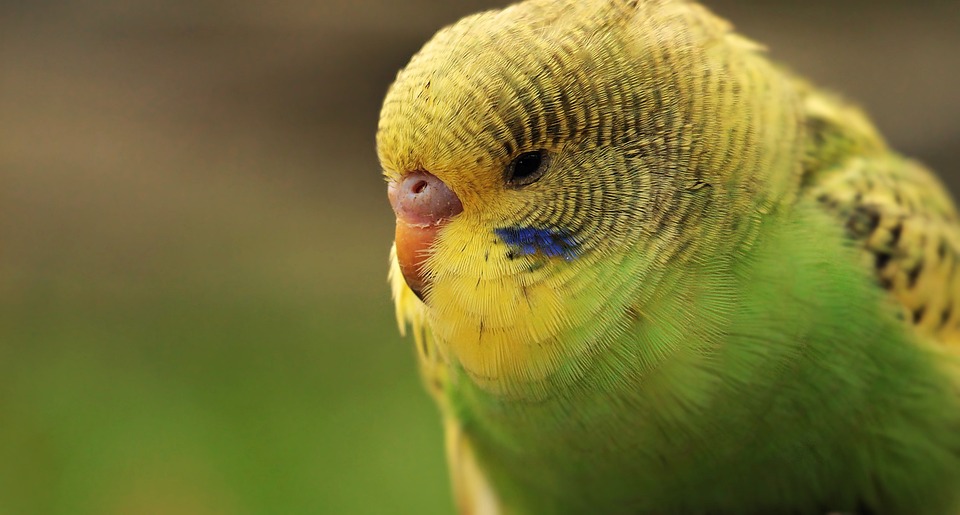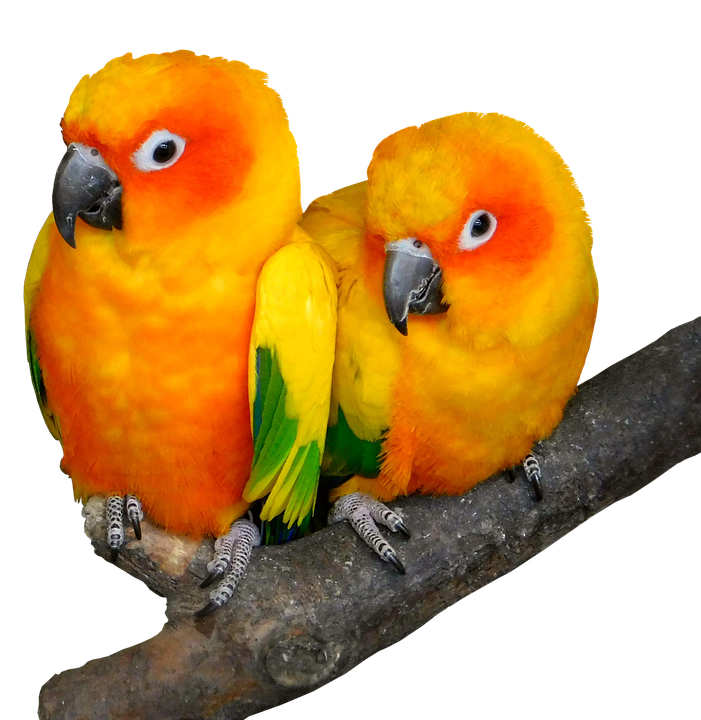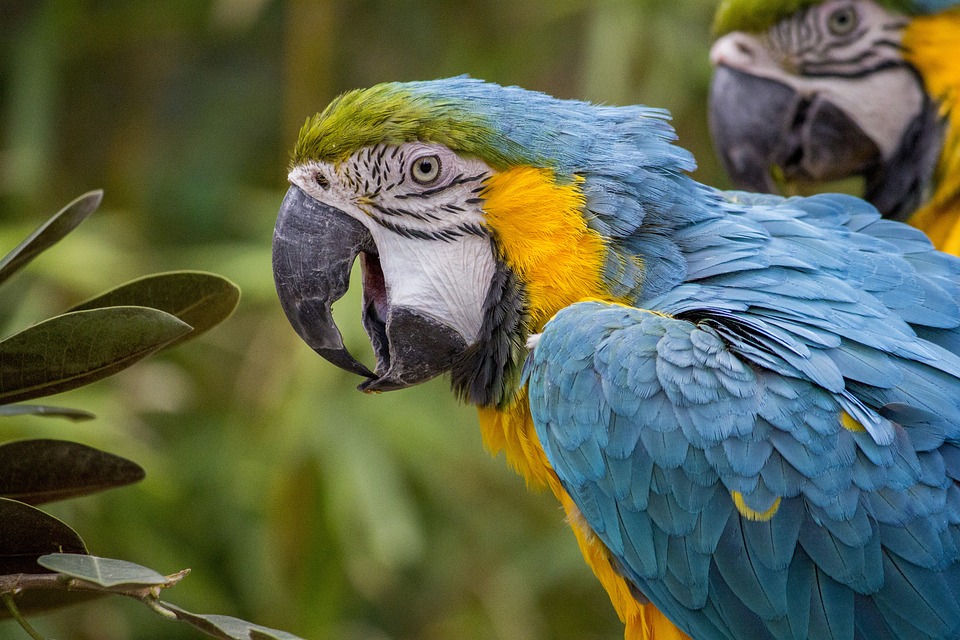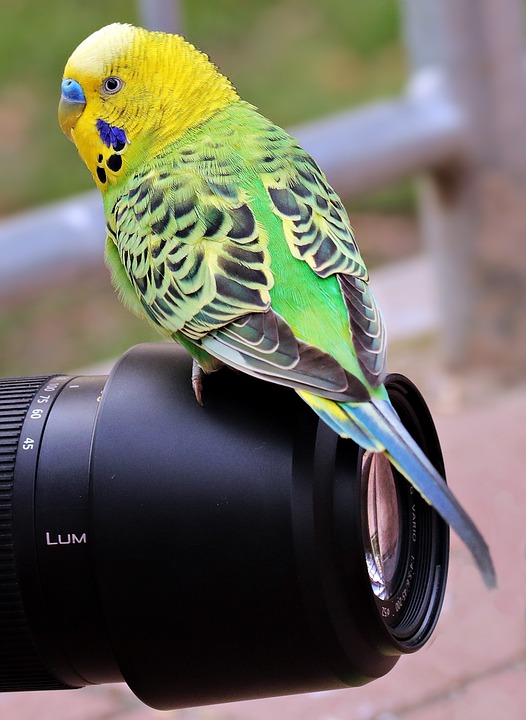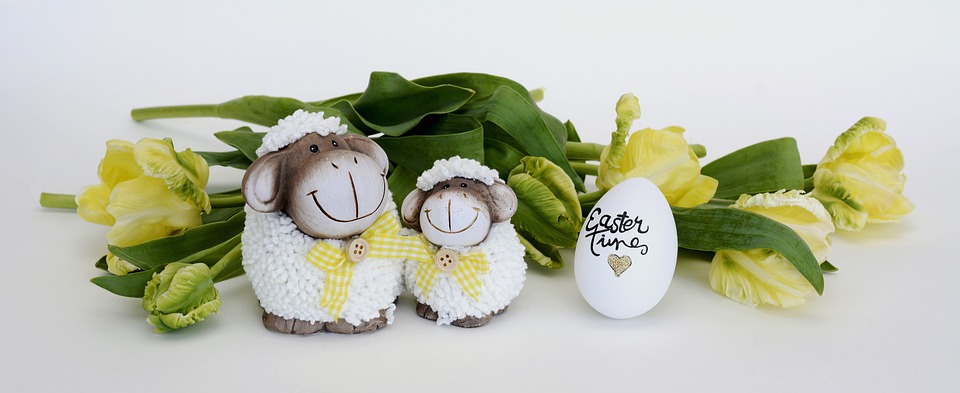Potty training your parrot can enhance their behavior and create a more pleasant living environment for both you and your feathered friend. By following a step-by-step guide and addressing common concerns, you can successfully teach your parrot to use a designated potty area.
One of the primary reasons to potty train your parrot is to maintain a hygienic environment. By teaching them to use a specific area for their potty needs, you can minimize droppings scattered around your home, making it easier to keep your space clean and reducing potential health risks. Additionally, a trained parrot will understand where to relieve itself, significantly reducing mess on your furniture, floors, and other areas.
Potty training also offers benefits in terms of bonding with your parrot. The training process requires consistent interaction and positive reinforcement, which strengthens the bond between you and your feathered companion.
To successfully potty train your parrot, follow these steps:
1. Choose an appropriate potty area: Select a specific area for your parrot’s potty needs, such as a small tray, a perch with a removable tray, or a lined corner in their cage.
2. Observe your parrot’s behavior: Pay close attention to your parrot’s body language, as they may exhibit signs before needing to relieve themselves. Common signals include restlessness, squatting, or wing flapping.
3. Timing is key: Once you identify the signs, gently place your parrot near the designated potty area. This association between the area and the act of relieving themselves is crucial.
4. Introduce verbal cues: Consistently use a specific phrase, such as “go potty” or “be a good bird,” while placing your parrot near the designated area. Over time, they will associate the phrase with the desired behavior.
5. Reward and positive reinforcement: As soon as your parrot successfully uses the designated potty area, immediately provide verbal praise, treats, or a favorite toy. Positive reinforcement encourages repetition of the desired behavior.
6. Consistency is key: Repeat the process consistently, reinforcing the association between the verbal cue, designated area, and desired behavior. Be patient, as it may take time for your parrot to understand and comply.
7. Expand training beyond the cage: Gradually introduce the potty training concept outside the cage, ensuring your parrot understands that the designated area applies to the entire living space. This step requires close supervision initially.
8. Maintain a clean potty area: Regularly clean the designated potty area to ensure hygiene and a comfortable environment for your parrot. This will encourage them to continue using it.
It’s important to note that the duration of potty training can vary depending on the parrot’s age, temperament, and previous training experiences. It may take weeks or even months of consistent training for your parrot to fully grasp the concept. If your parrot is struggling to understand or reluctant to use the designated potty area, consider seeking guidance from a professional bird trainer or avian behaviorist for further assistance.
Potty training can be applied to most parrot species, although individual parrots may vary in their ability to grasp and comply with the training. While it is possible to train your parrot to use multiple designated areas, it may be more challenging and confusing for them. It is generally recommended to focus on one specific area to avoid confusion.
Remember, potty training requires patience, consistency, and positive reinforcement. By investing time and effort into teaching your parrot this valuable skill, you can create a cleaner and more enjoyable living space for both you and your feathered companion.

